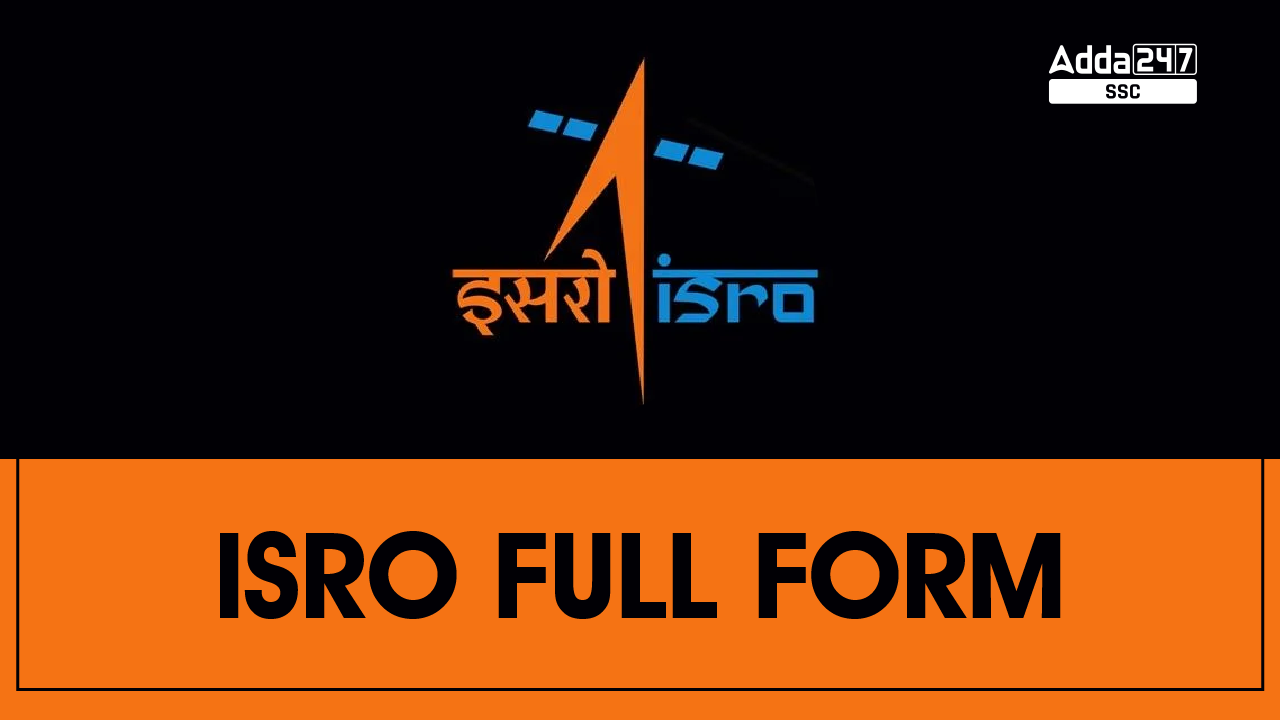Table of Contents
Indian Space Research Organization’s History, Objective and Achievements
In 1969, the Indian Space Research Organization (ISRO) was established with a clear mission, to advance space technology for the benefit of national development while also pursuing exploration of planets and conducting space science research. This vision aimed to harness space exploration for the growth of the nation and to delve into the realms of space science and planetary exploration.
Over the years, ISRO has consistently demonstrated its exceptional and cost-effective technologies, earning its place among the world’s leading space agencies. All ISRO launches are conducted at the Satish Dhawan Space Centre, located on Sriharikota Island near Chennai. ISRO showcased its capabilities once again with the successful landing of Chandrayaan-3, reinforcing its global standing in the field of space exploration.
History Of ISRO
- ISRO was previously the Indian National Committee for Space Research (INCOSPAR), set up by the Government of India in 1962, as envisioned by Dr. Vikram A Sarabhai. ISRO was formed on 15 August 1969 and superseded INCOSPAR with an expanded role in harnessing space technology.
- Department of Space (DoS) was set up and ISRO was brought under DOS in 1972.
- The first Indian satellite was Aryabhata. It was built by the ISRO and launched with the help of the Soviet Union on April 19, 1975.
Operation Centers of ISRO
ISRO works through a regional network of centers. Check out the location of ISRO’s Operation Centers.
- All the sensors and payloads are built at the Ahmedabad Space Applications Centre.
- Satellites are designed, produced, and tested in Bangalore’s U R Rao Satellite Center or ISRO centre.
- Launch vehicles are built in the Thiruvananthapuram Vikram Sarabhai Space Centre.
- Launches are performed at Sriharikota Island, near Chennai, at the Satish Dhawan Space Centre.
- At Hasana and Bhopal Master Control Facilities for geostationary satellite stations are located.
- Facilities for collecting and storing remote sensing data are situated at the Hyderabad National Remote Sensing Centre.
- The commercial arm of ISRO is Antrix Corporation, whose headquarters are in Bangalore.
Objectives Of ISRO
The prime objective of ISRO is to use space technology and its application to various national tasks. The Indian space program was driven by the vision of Vikram Sarabhai, who is considered the father of the Indian space program.
- Mass communication and education via satellite.
- ISRO frequently surveys and management of natural resources through remote sensing technology, environmental monitoring, and meteorological forecasting.
- Development of indigenous satellites and satellite launch vehicles.
Achievements Of ISRO
The Indian Space Research Organisation has been giving many proud moments to our country by showcasing its space prowess and innovation. ISRO’s achievements over the years have created standard par excellence for other government agencies as well. Let’s look at some of ISRO’s achievements over the years.
- In the year 1980, Rohini was launched, it was the first satellite to be successfully placed in orbit by SLV-3, which was an Indian-made launch vehicle. ISRO has time and again proved that it completely stands by the vision to ‘harness space technology for national development.
- On May 20, 1992, ISRO launched an Augmented Satellite Launch Vehicle (ASLV) & Insat – 2A. Former Indian President and Missile scientist Late A.P.J. Abdul Kalam headed the SLV-3 project at ISRO and later moved to DRDO to direct India’s missile program.
- In 1993 the time had come for the maiden flight of the Polar Satellite Launch Vehicle (PSLV). The first launch was a failure. The first successful launch took place in 1994, and since then, the PSLV has become the workhorse launch vehicle – placing both remote sensing and communications satellites into orbit, creating the largest cluster in the world, and providing unique data to Indian industry and agriculture.
- Currently the most powerful Indian launch vehicle in operation; the first development flight of the GSLV took place in 2001. The program’s benefits have been scrutinized due to frequent payload cutbacks and delays. The indigenous cryogenic engine for the GSLV’s upper stage was tested in 2007.
- ISRO has reconsidered the effectiveness of the Geosynchronous Satellite Launch Vehicle (GSLV) for the needs of the 2000-2010 decade and began development of an indigenous and new heavy launch vehicle, GSLV III. The latter is not related to the GSLV-I/II and will be based on the proven format of liquid main stages and two solid strap-on boosters. It will resemble the Ariane 5 and other modern launchers and will have sufficient payload capacity for manned spaceflight. The inaugural flight is scheduled for 2008.
- Chandrayaan 2008: ISRO intends to send a small robotic spacecraft into lunar orbit mounted on a modified PSLV. It will survey the surface of the moon in greater detail than ever before and attempt to locate resources. Countries, including the United States, have expressed interest in attaching their own payloads to the mission. ISRO and NASA have an agreement to carry two NASA probes as a payload.
- ISRO launched GSLV-MK3 in December 2014, which has an Indian-made crew capsule. It can carry up to three astronauts to space. ISRO’s manned space mission, Gaganyaan is planned for its first test flight in 2021.
- In the year 2014, ISRO India became the first country to successfully reach Mars in its first attempt. The Mars Orbiter Mission or MOM had a budget of just Rs. 450 crores.
- Launched by ISRO, INSAT is a series of multipurpose geostationary satellites. It helps in telecommunications, broadcasting, meteorology, and rescue operations.
- In the year 2017, ISRO created a world record by launching 104 satellites in a single mission.
- Chandrayaan-2, launched in 2019, included an orbiter, a lander (Vikram), and a rover (Pragyan). While the lander didn’t make a successful soft landing, the orbiter continues to provide valuable data.
- Chandrayaan-3: On August 23, 2023, ISRO achieved a significant milestone by successfully landing Chandrayaan-3 on the lunar surface, marking India as the pioneer in reaching the Moon’s southern pole.
ISRO continues to work on various space missions, satellite launches, and research projects to further expand India’s space capabilities. It collaborates with international space agencies and organizations, contributing to global space research and exploration.



 ISRO Exam Syllabus and Exam Pattern 2024
ISRO Exam Syllabus and Exam Pattern 2024
 ISRO Results 2024 Out for Assistant and ...
ISRO Results 2024 Out for Assistant and ...
 ISRO Admit Card 2023 at isro.gov.in For ...
ISRO Admit Card 2023 at isro.gov.in For ...


